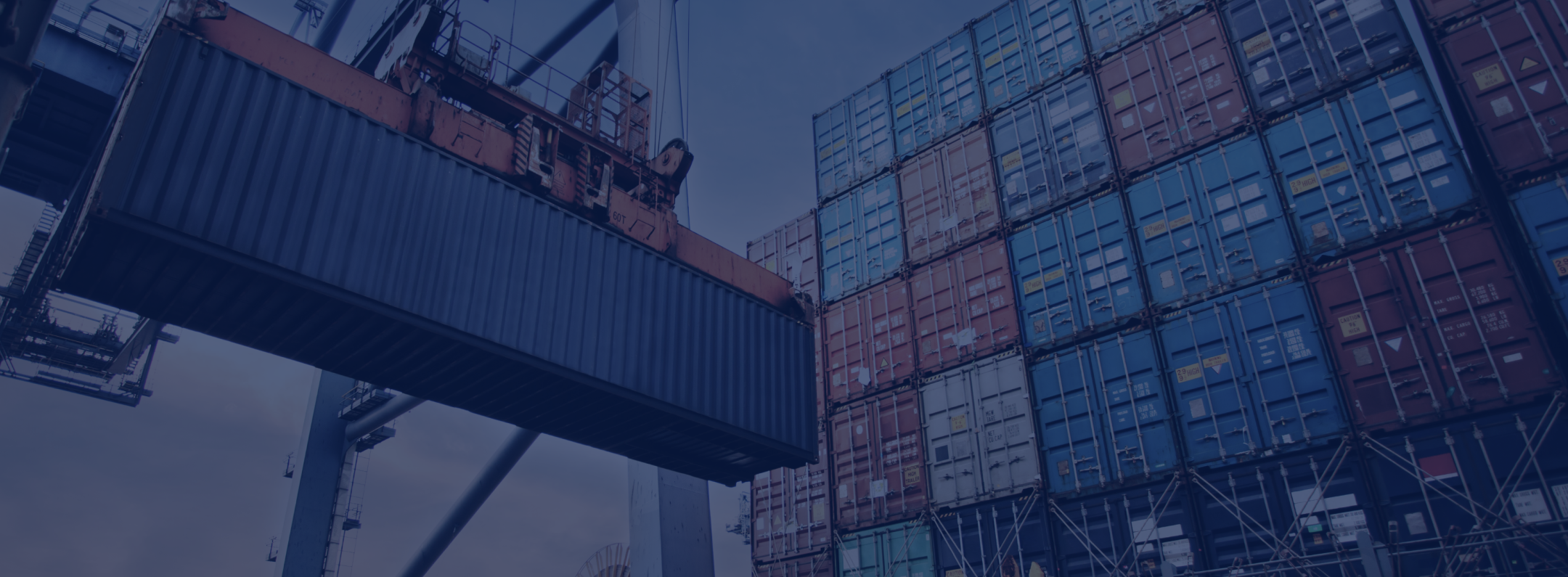There are several container service types. These are usually represented in documents as either FCL/FCL, LCL/LCL or other variations of the same.
FCL is the abbreviation for Full Container Load. FCL container is the most common container service type used in global shipping transport today.
When we say container service type, it is meant in relation to the shipping line. Therefore, as far as they are concerned when someone ships an FCL container, it has cargo belonging to one shipper and one consignee.
While a container may be an FCL container for the shipping line, for a freight forwarder, NVOCC, LCL operator, groupage operator or cargo consolidator, the same FCL container could be an LCL container.
For example, say there are three customers who are relocating from Cincinnati to Shanghai. But these three customers may not have enough cargo to fill an FCL container by themselves and have approached a cargo consolidator.
This cargo consolidator could accept the cargo belonging to these three customers and book it to them as an LCL cargo and issue them with individual House Bills of Lading.
The cargo consolidator could then book these three cargoes as an FCL cargo with a shipping line that will move this cargo from Cincinnati to Shanghai. The cargo consolidator will then become a shipper to the shipping line and collect a Master Bill of Lading in his name.
These are some of the ways how an FCL container may be operated.
Features Of An FCL Container
1) An FCL container is usually loaded at one point of loading which could be either a shipper’s warehouse or plant or a 3rd party warehouse contracted by the shipper.
2) An FCL container is sealed at the same premises once the packing is done and is only opened once the customer receives the same at the destination.
3) An FCL container is shipped from port to port and cannot be shipped in part to one port and part to another port.
4) An FCL container may be transported using multiple modes of transport which could involve road, rail, and sea at both ends of the transport chain.
FCL container may refer to various container types available in the industry today and is not restricted to normal GP (general purpose) containers only.
Major Container Types Available
- Dry or Dry Van (DV) or General Purpose (GP) – 20′, 40′ – general containers that don’t have any special features and used to load normal general cargo. These containers are the most common types of containers in circulation today.
- High Cube (HC or HQ) – 40′ and in a few countries 20′ as well – containers that are taller than a GP by 1 feet and used in cases where customers require a slightly bigger volume capacity. These containers are used for the carriage of cargoes such as clothing, cotton, tobacco, etc.
- Open Top (OT) – 20′, 40′ used in the carriage of over-dimensional cargo where the cargo is over high.
- Refrigerated (RF) – 40′, 20′ (although some shipping lines are phasing out the 20′ RF) used in the cargo of perishable goods such as fruits, vegetables, meat, pharmaceuticals, etc.
- Flatrack (FR), Platform or Collapsible Flatrack (PL, COFL) – 40′, 20′ used in the carriage of over-dimensional cargo where the cargo may be over wide, over high and over length.
These container types are used for carrying equipment,
crates, etc. that cannot fit into the standard container or
loaded through the door of a container.
- Tank (TK) – 20′ – Specialized containers that are designed to carry liquid cargoes and are only from one shipper to one consignee.
Benefits To Shipping An FCL Container?
1) Cargo in an FCL container does not undergo multiple handling. Once it is loaded from the origin, it is only handled for off-loading at the destination. It does not get handled anywhere in between.
2) This means the chances of cargo damage is minimal (unless of course the cargo has not been stowed inside the FCL container properly)
3) Freight benchmarking is easy when using FCL container
4) An FCL container may be tracked directly from the carrier’s e-business portal
5) In a lot of cases, it is less expensive to ship cargo in an FCL container (even if it is a partially filled FCL container) as there are no consolidation or additional cargo handling fees involved as compared to LCL cargo.
6) An FCL container may be moved to various inland locations including right up to the door of the customer as dictated by the Incoterms® used.
7) Cargo in an FCL container will reach its destination quicker than LCL cargo as there is no need to handle the cargo again elsewhere or wait for other cargoes to be consolidated.
← Back to Index

